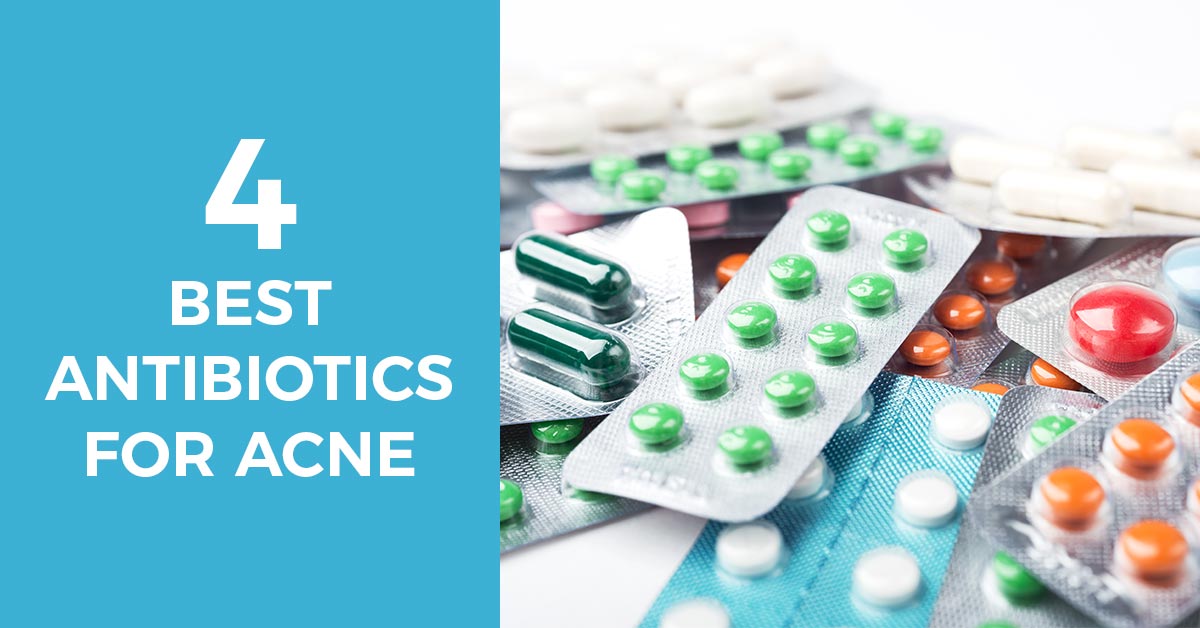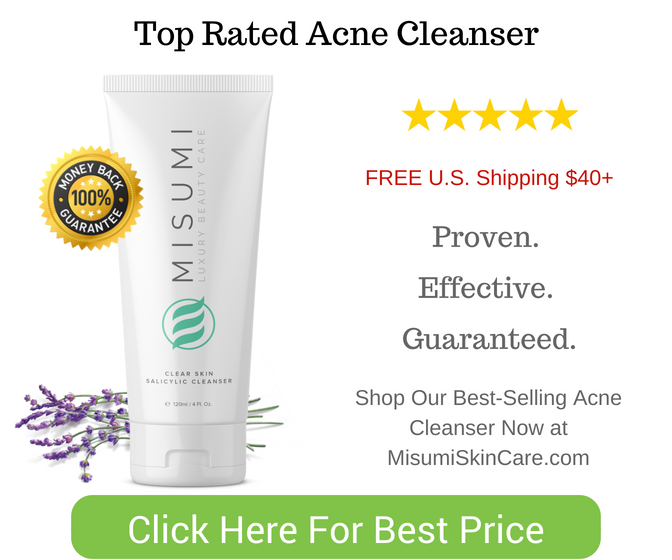Contents
Struggling with bad skin means suffering more than rigorous skincare routines, or regular dermatologist appointments. It also means emotional and social strife, and that demoralizing feeling of powerlessness when you just can’t shake it.
I was eight years old when I first noticed little pustules sprouting in clusters around my face. I was so young and unaware of anything puberty-related that I didn’t even take note until my acne was full blown. My mom was especially encouraging, and helped me get my head around what was happening—she assured me, “You’ve gotten pimples first, so you’ll be done with them first. All the other kids will have acne when you’re already done with it.”
Twenty years later, not a day went by without pimples clustered around my face. I will say that my mom helped me feel better in the moment, but a life of acne slowly wore me down. Antibiotics were what finally did the trick, and I’m here to break down how they differ from over-the-counter solutions, and how these treatments are used best.
For moderate to severe acne, or acne with a high risk of scaring, your dermatologist might pull out the big guns and suggest antibiotics used to treat acne. Antibiotic blemish medications are highly effective, but aren’t without their possible side-effects or long-term implications—and so, they’re typically used for short periods, and followed-up by other treatments.
Navigating antibiotic used to treat acne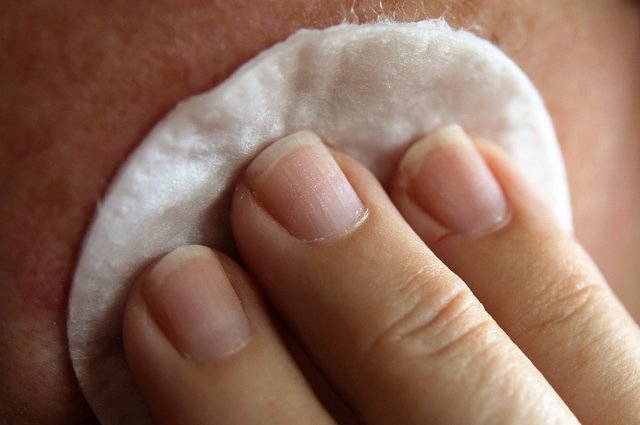 can be a bit of a whirlwind. Read on to learn how these work compared with other medications, and how to find the treatment to get the job done for you.
can be a bit of a whirlwind. Read on to learn how these work compared with other medications, and how to find the treatment to get the job done for you.
Over-the-counter products: A review of what you’ve probably tried
There are many over-the-counter products that you’ve probably tried. However, there are only a few popular active ingredients between them. If you’ve already used products with these ingredients, but haven’t kept your pimples at bay, then it might be time to talk to your doctor about prescription – only antibiotic treatments.
Over-the-counter products come in many forms, including creams, foams and gels, or facial cleansers and towelettes. Many even come in whole skincare kits. These products work by removing excess oil from the skin, speeding up the growth of new skin and removing dead cells, or by creating a harsh environment for acne-causing bacteria. And some products, especially whole facial-care kits, work by doing a combination of the above.
Most common over-the-counter active ingredients
For as many products as you see when you walk the facial-care aisle at the pharmacy, there are 4 popular ingredients that make up most of these options.
-
Benzoyl peroxide is a popular active ingredient to treat blemishes, and has a good track record. It works by causing a harsh environment for bacteria so that each little infected pore can dry up.
Benzoyl peroxide is in thousands of different over-the-counter products, and also available in prescription strengths. According to The Journal of Clinical and Aesthetic Dermatology, benzoyl peroxide accounts for 50% of prescriptions given by dermatologists, due both to its effectiveness and few side-effects. The Mayo Clinic assures us that lower concentrations of 2.5% are often as effective as higher concentrations (up to 10% in over-the-counter products), and so starting small could mean a clean face and fewer side-effects.
-
Salicylic acid prevents pores from getting plugged, which means that the oil and dead skin cells that mix and cause inviting hotbeds for acne-causing bacteria can be kept at bay.
You’ll find salicylic acid in over-the-counter products in concentrations between 0.5 and 5%. Its side-effects are a little less pronounced than the dryness or redness associated with benzoyl peroxide, and people with sensitive skin often gravitate to this active ingredient.
-
Alpha hydroxy acids in medications come in two types: glycolic acid and lactic acid. You might be thinking that lactic acid sounds a bit familiar – and you’re be right, because both these substances are actually synthetic versions of acids found in foods.
It might sound strange, but these are pretty effective in fighting pimples. They help remove dead skin cells and reduce inflammation. These products are also popular for added softness to your skin.
- Sulfur is another popular over-the-counter active ingredient in blemish fighting products. It removes dead skin cells, and also helps remove excess oil. Sulfur-based products are usually used in combination with other products, typically benzoyl peroxide—that way, you can kill the bacteria and keep the oil and dead skin cells under control. The primary complaint to sulfur products is that, unsurprisingly, they carry an odor.
There are thousands of products using these active ingredients, many of which you’ve probably tried. If your trials and errors fighting pimples have included more than two of these active ingredients, but your bad skin has only gotten better for a short time or not at all, it might be time to look at what your doctor can prescribe in antibiotics.
TIP: Check out our comprehensive guide – how to get rid of acne!
How do antibiotics used to treat acne, work?
Topical and oral antibiotics for acne are both prescription-only. They alter the very bacterial structure of the acne-causing agents, and—perhaps more importantly—are anti-inflammatory. Antibiotics have a high success rate of as much as 70% after a few months of treatment, according to the Canadian Medical Association Journal. They aren’t intended for long-term use, however, as they’re shown to cause bacterial resistance—which means that bacteria can become stronger and stop responding to the medication altogether. This can affect other bacteria in your body, including the bacteria you need.
Tip! Be sure to understand the difference between antibiotics and benzoyl peroxide. Benzoyl peroxide creates a hostile environment for bacteria, while prescription pills and antibiotic creams alter the very structure of the problem-causing agents.
Benzoyl peroxide is often used as a supplemental treatment with antibiotics, and also as the recommended care regimen after a relatively short period of antibacterial use. Read more about benzoyl peroxide and its role in fighting acne from The Journal of Clinical and Aesthetic Dermatology.
How do I find the good stuff?
Antibacterial medications are by prescription, but you should know your stuff before speaking to your doctor.
You want to be informed and choose your product wisely to make it a one-and-done deal – especially with how strong these products are, and the negative side-effects extended use can have. Because these medications alter some good bacteria in addition to bad, some common side-effects – although far from universal – are upset stomach and digestive issues. You might also experience heightened susceptibility to sunburn.
4 Best Antibiotics used to treat Acne
There are many different families of antibiotic acne treatments, but looking at which are most effective with fewest side-effects, two stand out: tetracyclines and erythromycin. Here are our TOP 4 products with each of these active ingredients.
- Doxycycline (a tetracycline) – This generic name can also be found under dozens of name brands, such as Adoxa TT and Oraxyl. Negative reviews typically come about from patients’ reactions to the drug, whose side-effects can include upset stomach. The average rating is 6% higher than the highest average effectiveness of antibiotics as a whole, so it’s definitely a strong player.
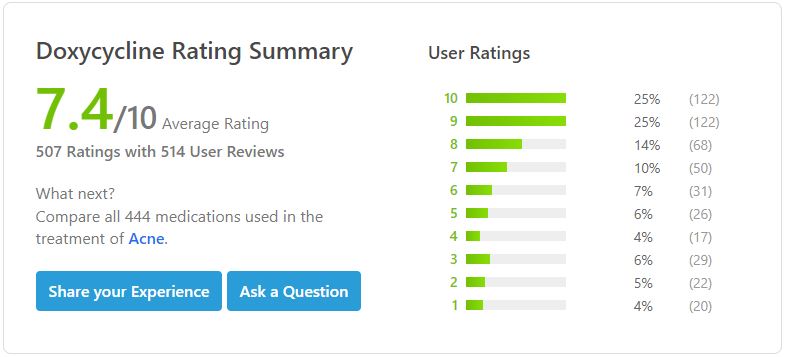
- Minocycline (a tetracycline) – Two of the most popular brand names (minocycline can also be found under its generic name) are Dynacin and Solodyn, drugs whose effectiveness is right in line with the highest average effectiveness of antibacterial blemish medications. Upset stomach is the primary complaint of this medication, also.
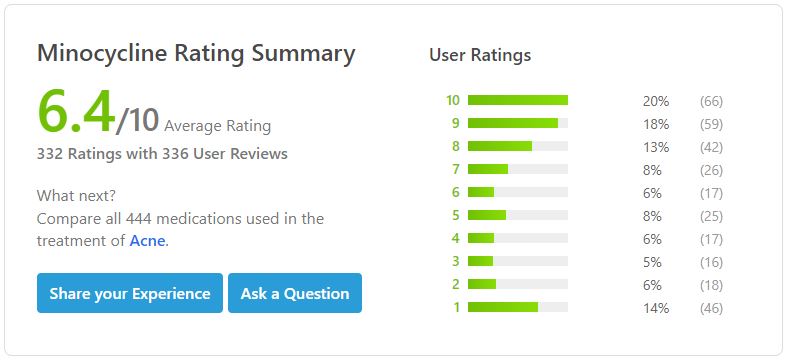
- Tetracycline – Many popular tetracyclines appear under their selfsame generic name. Other popular name brand name options include Achromycin V, Actisite, and Ala-Tet. To compare between these tetracyclines, which collectively are the most commonly prescribed antibiotics for pimples, read the report comparing Minocycline and Doxycycline.
- Erythromycin antibiotics are often used to fight upper respiratory tract infections, but combined with zinc is also an effective treatment for outbreaks. This family of products is sometimes used in combination with retinoids, a topical agent thought to help with dead skin cells and long-term health of your skin. Similar side-effects, nevertheless, are possible with these drugs as with other acne-fighting antibiotics. Erythromycin has also been linked to a marginally higher level of bacterial resistance.
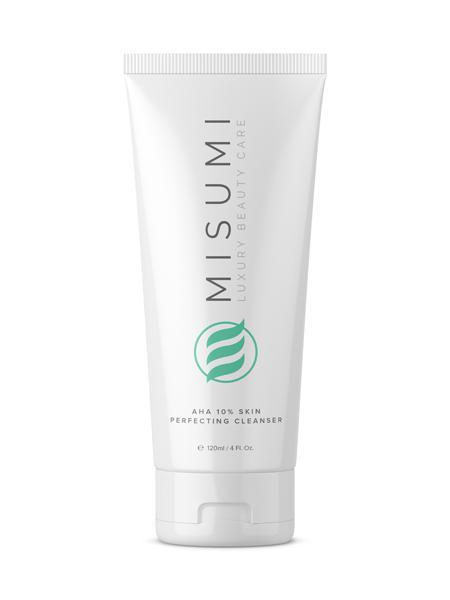
Misumi Cleanser
#1 Rated Acne Face Cleanser
The Misumi Skin Perfecting Cleanser is our #1 pick because it effectively clears up blemishes without drying the skin like other acne face cleansers with Benzoyl Peroxide.
Other antibacterial medications are sometimes prescribed to treat pimples, such as clindamycin, trimethoprim, and co-trimoxazole. However, the above top 4 antibiotics are the major motor behind the high success rate of antibacterial success in acne patients.
Notes on taking prescription antibiotics
Because antibacterial medications are prescription only, and used for moderate to severe acne, topical and oral medications are also prescribed according to the severity of the patient’s case. Severe blemishes or cases with a high chance of scarring are typically where doctors prescribe oral medications.
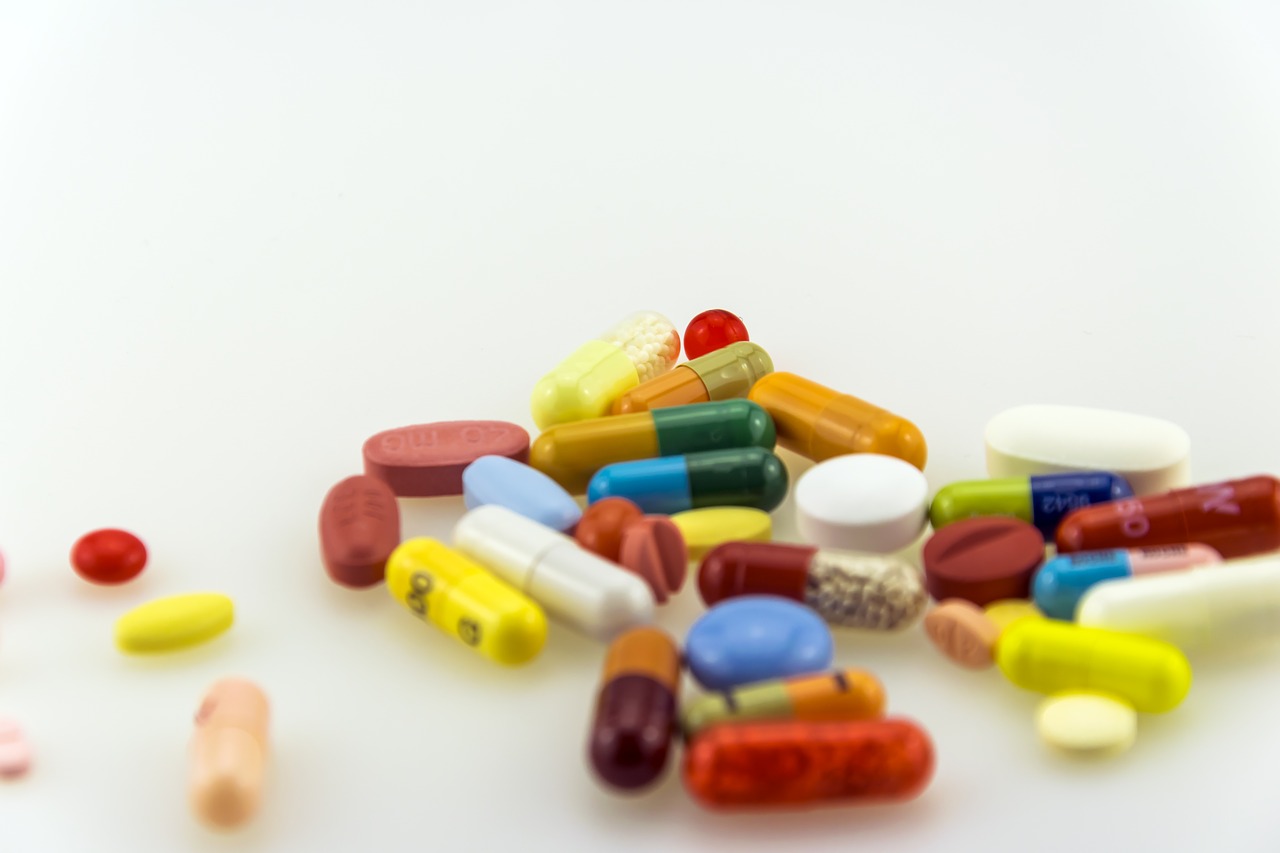
Tip! Whatever the medication you end up on, be sure to take it per the instructions of your doctor. The biggest reason for antibiotic blemish treatment failure is when patients quit early, or don’t take as instructed.
Is it time to drop the spots?
Antibiotics are the one-and-done solution for many of us who suffer the woes of the most brutal or stubborn breakouts. Because they’re inherently short-term medications, however, it’s important to use them in combination with an adequate after-care and long-term maintenance plan. Your doctor will tell you exactly what he or she recommends, depending on your case and products you’ve used in the past. Benzoyl peroxide is among the more common complements, as it reduces the development of antibiotic resistance.
Navigating which antibiotic for acne is right for you can be tricky, which is one of the reasons why these treatments are prescription-only. Going into an appointment with an idea of what works will help you be informed and smart about using the treatment to your greatest success. Take a look at the active ingredients on over-the-counter products you’ve tried before, throw a final look at the tips and summaries in this article, and then talk to our doctor to discuss which antibacterial is right for you.
Which antibiotics for acne have you tried? Comment below!

